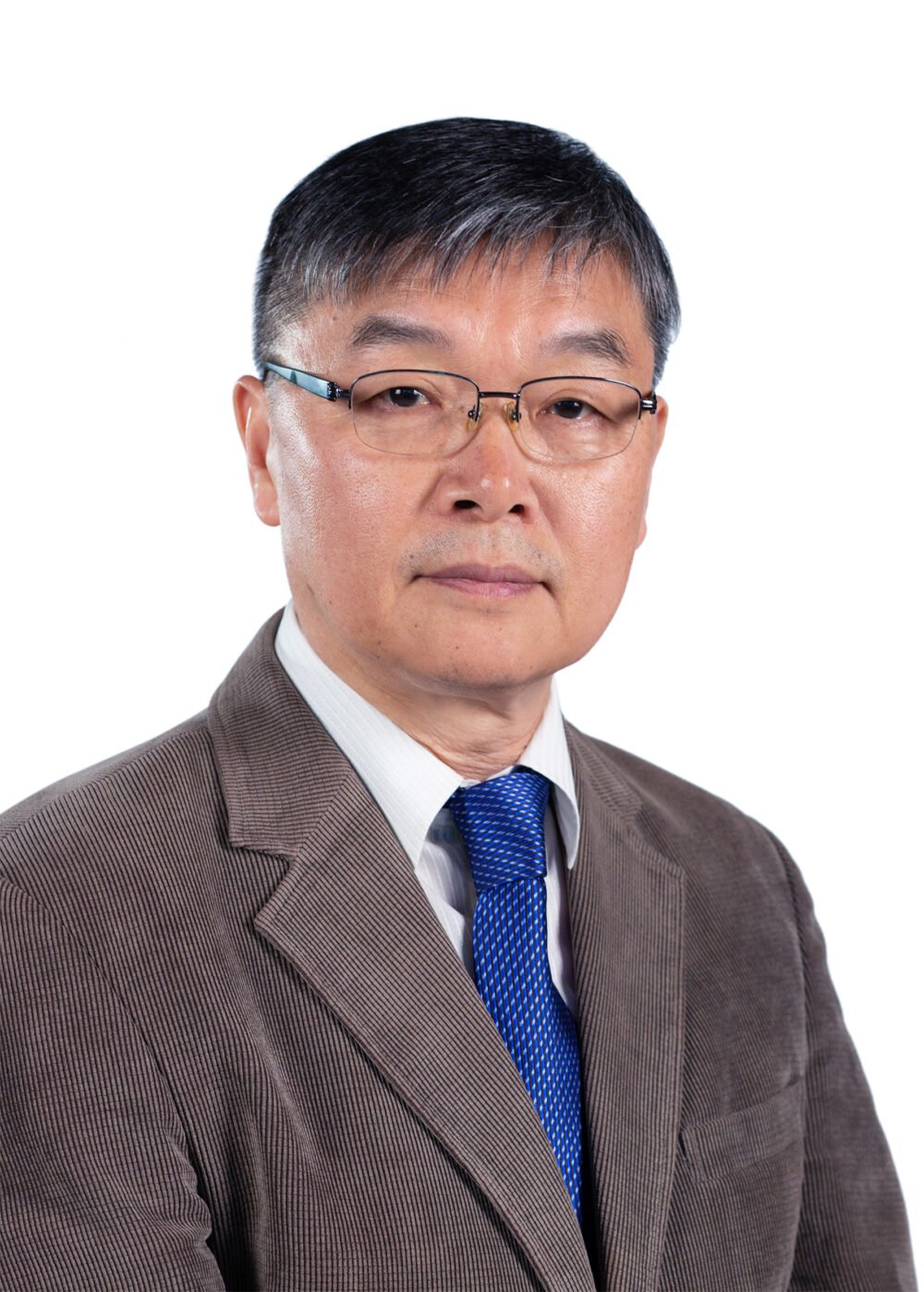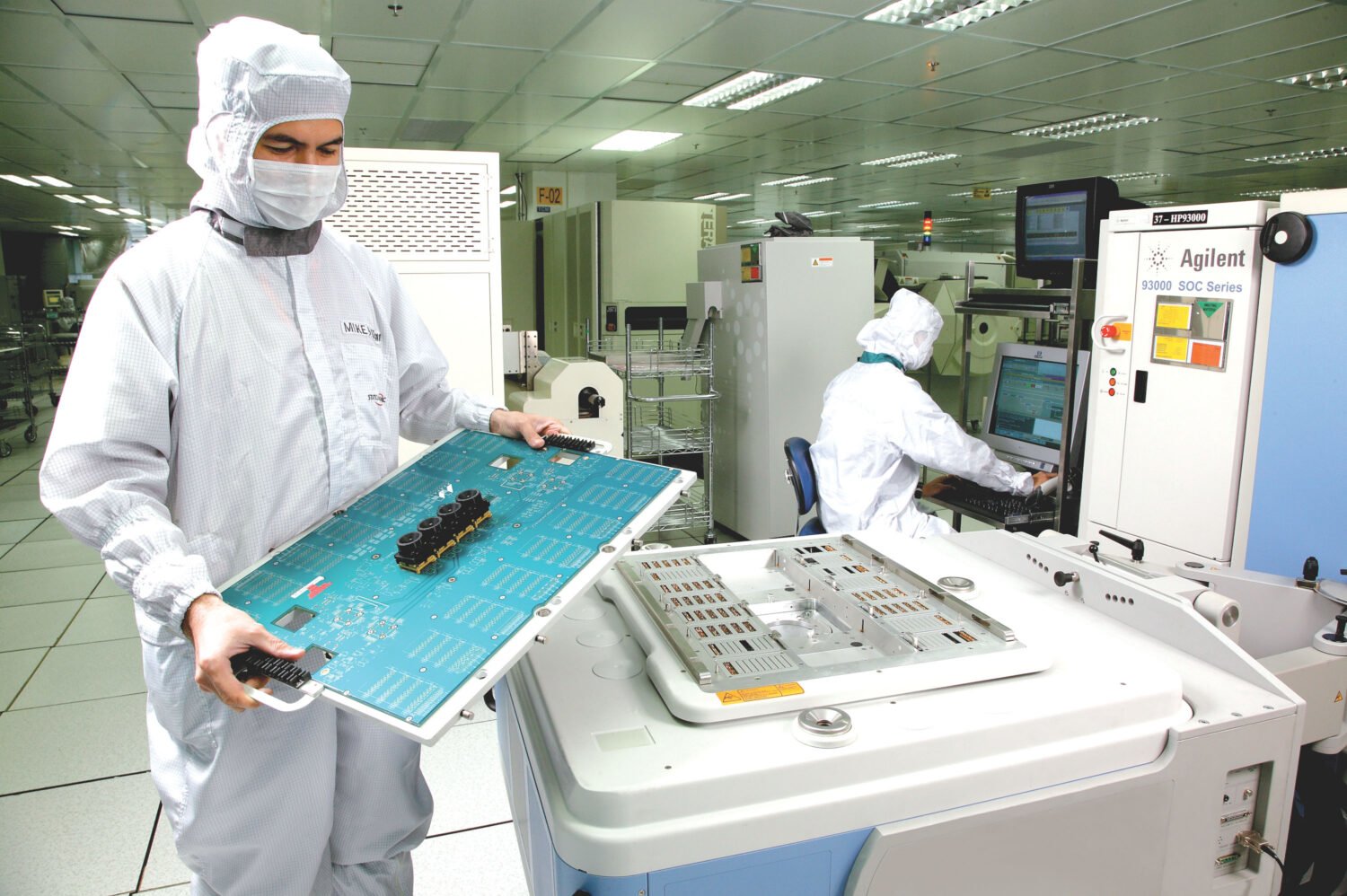Dr. Lee Choon Heung has a wealth of experience accumulated through over 20 years in the technology industry. Having recently assumed his lead role at STATS ChipPAC, he aims to synchronise the company’s global operations and enrich their market portfolio.
Dr. Lee Choon Heung is one talented man. The recently appointed CEO and Chairman of STATS ChipPAC and JCET Group CEO began his tenure in September 2018, bringing a wealth of expertise and veteran leadership to the company, with more than 20 years of extensive semiconductor packaging and test experience. With a CV that reads like an industry bible, prior to this appointment, Dr. Lee served in several senior management positions at Amkor Technology Inc. including head of its R&D centre, head of global procurement, group vice president, senior vice president and chief technology officer. He holds a Ph.D. in Theoretical Solid-State Physics from Case Western Reserve University, along with 59 industry patents, and has published 19 academic papers around the world. Impressed? JCET Chairman, Mr. Wang Xinchao certainly was. “We are excited about the opportunity to bring on board an industry leader of the calibre of Dr. Lee Choon he told the media back in September, “and we are confident in his ability to lead JCET as we continue our growth in both technology and scale moving forward.”

Semiconductor packaging, design and test services leader STATS ChipPAC is a subsidiary of Jiangsu Changjiang Electronics Technology Co, (JCET), one of the top semiconductor packaging and test providers in the world and the largest provider in China. With full turnkey services encompassing design and characterization, wafer bump, packaging and test, JCET is a strategic partner for semiconductor companies across a broad range of markets and applications. The comprehensive packaging portfolio of JCET and its subsidiaries include discrete, leaded, laminate, flip chip, Molded Interconnect System, wafer level packaging and System-in-Package technologies, and Dr. Lee has made it his job to ensure fluid integration between them all.
“My first mission these past four months has been to harmonise all subsidiaries,” he says. “Integration has been an issue in the past, due to a bit of conflict between cultures you could say, and I really wanted to bring them together. China is China – it has been successful on its own, but without a unified mindset, it’s hard to build an innovative company strategy.”
As Dr. Lee notes, “globalisation is of utmost importance,” and while headquartered in Singapore, STATS ChipPAC has design, research and development, manufacturing and customer support offices throughout Asia, the United States and Europe. This international reach and network is key to the company offering, with Dr. Lee looking to his neighbours for inspiration as to how best grow operations in Singapore in the medium to long term, specifically when it comes to technology.
“International customers in China are totally different and have a very different set of standards for the manufacturing process. In terms of the quality criteria, hopefully we can set a similar standard that we can implement in China too, as one company. I was rather surprised at their levels of efficiency in terms of operations – not only do they have a lot of experience with first and second tier customers, they have been developing some great tech. My focus is to try to encourage this tech in Singapore first and subsequently enrich our market portfolio.”
Further opportunities on the horizon include telecoms, with RF tech a significant area of interest.
“We have engaged with one of the largest phone providers in Korea. Here in Singapore we have 5G, a totally different animal. New tech is developing in the industry and there are not many experts around: we want to develop 5G, ready for the coming years and position ourselves as number one in the world in RF tech.”
STATS ChipPAC customers “require a company that can enable their commercialisation,” and while experimenting with RF needs and accumulating the subsequent knowledge is high on Dr. Lee’s list of priorities, developing a skilled workforce remains an ongoing issue. As ever, he has a solution.
Click here to read and download the full article

